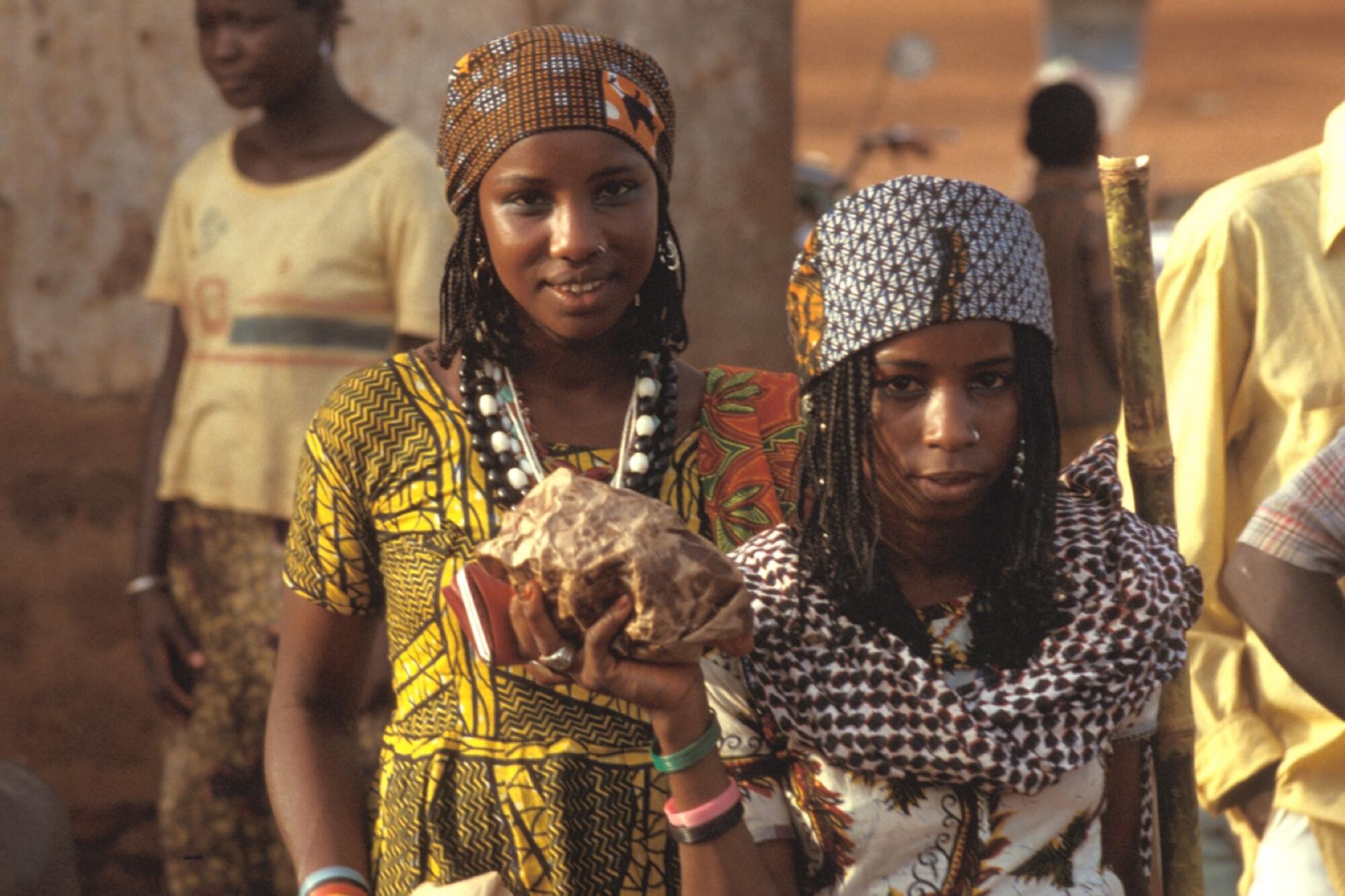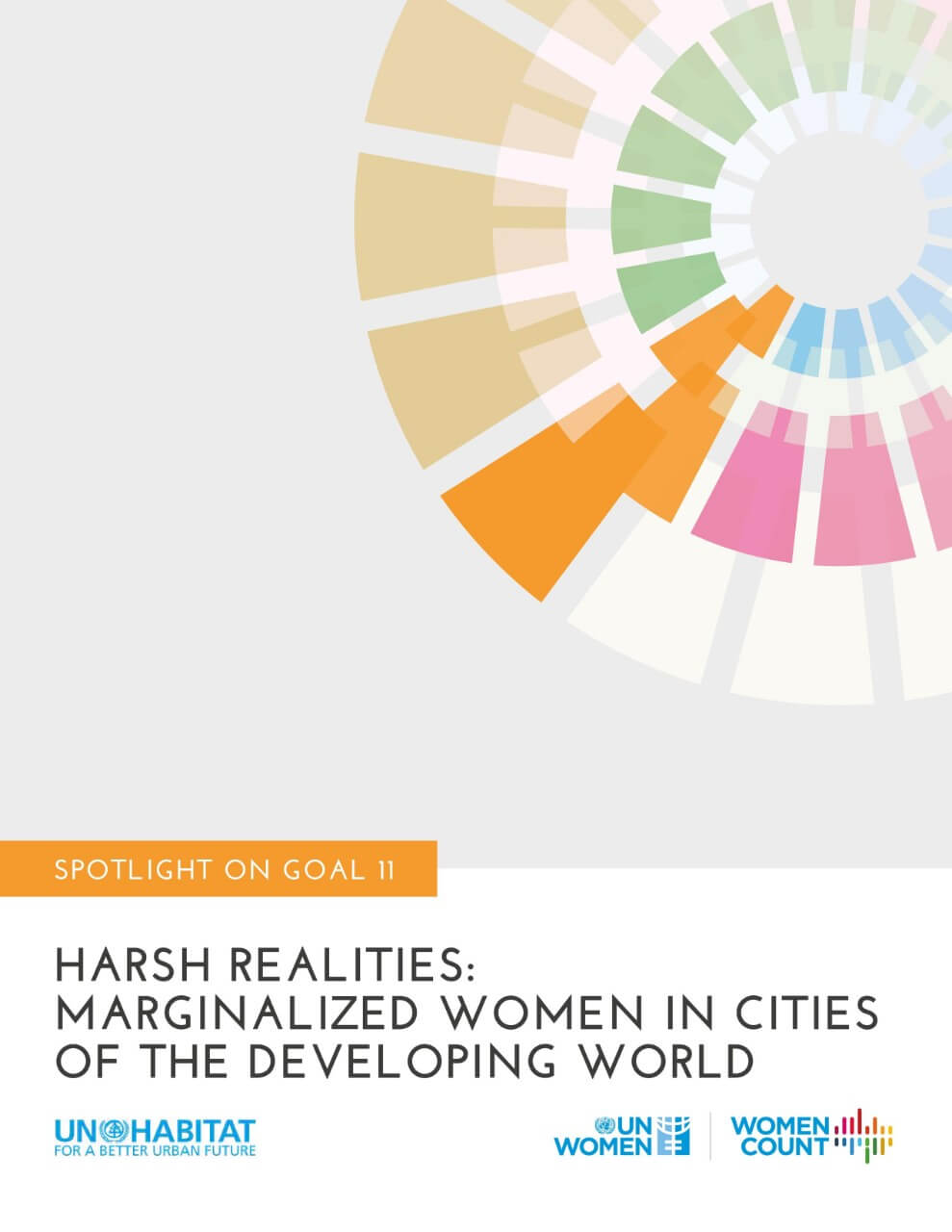Publications
Spotlight on SDG11: Harsh realities: Marginalized women in cities of the developing world
Publication Year: 2020 Publisher: UN Women, UN HABITAT
Gender equality and women’s empowerment
Related Goals
Background
For women and girls, urbanization is often associated with greater access to education and employment opportunities, lower fertility rates, and increased independence. Yet women are often denied the same benefits and opportunities that cities offer to men. Moreover, women are frequently excluded from efforts to create more equitable and sustainable cities. Women living in urban slums particularly endure multiple hardships, with basic needs such as durable housing and access to clean water and improved sanitation facilities often going unmet.
This analysis, based on data from 59 low- and middle-income countries in Latin America and the Caribbean, Central and Southern Asia, and sub-Saharan Africa, finds that women and their families bear the brunt of growing income inequality and failures to adequately plan for and respond to rapid urbanization. The data show that in 80 per cent of countries analysed, women are overrepresented in urban slums among those aged 15 to 49. At the root of this phenomenon are gender-based inequalities that limit women’s access to education, secure and durable housing, and asset ownership.
This analysis, based on data from 59 low- and middle-income countries in Latin America and the Caribbean, Central and Southern Asia, and sub-Saharan Africa, finds that women and their families bear the brunt of growing income inequality and failures to adequately plan for and respond to rapid urbanization. The data show that in 80 per cent of countries analysed, women are overrepresented in urban slums among those aged 15 to 49. At the root of this phenomenon are gender-based inequalities that limit women’s access to education, secure and durable housing, and asset ownership.

